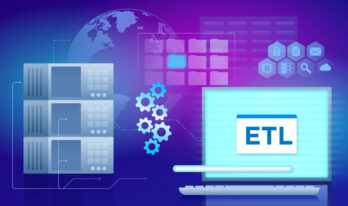What is Autonomic Computing?
IBM coined the term Autonomic Computing in the year 2001. It is a self-computing model designed to make systems self-secured and self-functioning.
The basic concept of this model is “human nervous system” similar to it Autonomic Computing also works and performs without input from its user. It is an excellent example of artificial intelligence, which can manage high-level functioning without any user engagement.
Things to consider while adoption.
Besides having several benefits, you must have a check on its darker side too, i.e. the risks associated with it which may lead to your business loss.
Disadvantages of Autonomic Computing are:
- It is internet dependent which means it does perform poorly in case of weak internet connection or no internet connection.
- As it is self-performing, sometimes it gets complicated for the end-user to detect the error that occurred.
- Software programming is robust to improve in the case of cluster computing where more than two systems are connected locally.
- Organizational Changes are a must for adapting autonomic computing as cloud adoption requires high technical standards.
- It has geographical limitations as online availability restricts urban areas; therefore it remains unavailable in remote areas.
- Autonomic computing adoption may cost you more as cloud technology requires high-level maintenance which is not feasible for small-scale businesses.
- The autonomic element relationship has a life cycle consisting of several stages like location, operation, etc. which is very important for self-operation of systems. Any issues in these relationships lead to the occurrence of errors in the autonomic computing of systems.
- The security policies to govern it requires high-value targets thus involving increased management cost to ensure your data security.
- It makes decisions without human interference. Therefore, it entirely depends on previous autonomous agents which sometimes leads to inaccurate or biased information.
- In dynamic autonomic computing which includes multiple domains, the complete control of the system is not under a single entity which gives rise to several trust issues of each party within that particular network.
Why You Need to Get Autonomic Computing
The primary benefit of Autonomic Computing is that it promises better functioning of the system reducing workload complexities and also maintains IT stability. It aids to utilize resources to attain high standard goals.
Today, System management is one of the biggest challenges for IT administrators which should be a concern for you.
Autonomic Computing is the key to it and can be a great help in the future for your IT Business. So, get your entity advanced by adopting it and make that difference in the market.




